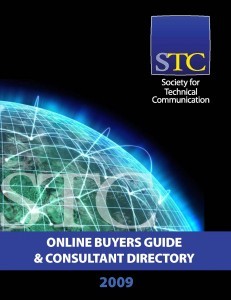Both you and your audience benefit when your communication adheres to these tenets
Effective communication is about connecting with your audience. It’s about your audience getting your message as you intended. It begins with understanding who your audience is and how they can best ‘hear’ your message, then using this information to craft and deliver your message. This is simply another way of saying that your message, whether written, verbal, or visual, must be audience-centered—focused around the needs of your audience. Put yet another way, communication is less about you and all about them.
Effective communication is simple and clear, focuses around a single idea, and ultimately achieves the results you desire.
 To be most effective, your communication must adhere to these ten tenets. Effective communication is:
To be most effective, your communication must adhere to these ten tenets. Effective communication is:
- Honest,
- Clear,
- Accurate,
- Comprehensive,
- Accessible,
- Concise,
- Correct,
- Timely, and
- Well designed.
- It builds goodwill too.
Let’s start with a discussion of the first two and then continue with the remaining eight over my next two blog entries.
Continue reading The Ten Tenets of Effective Communication (Part 1 of 3)







